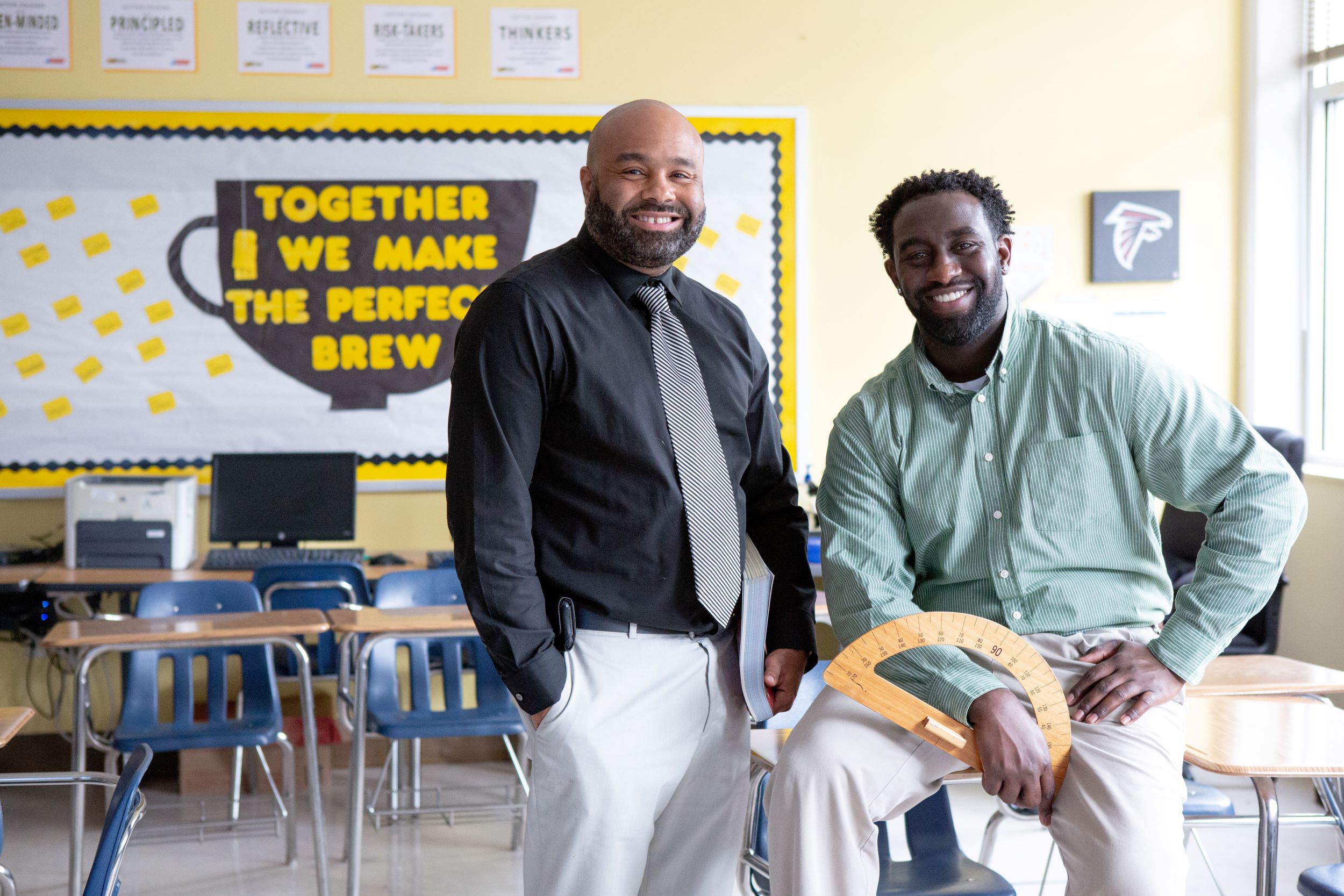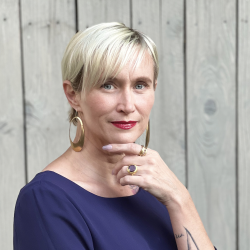
Let’s start by saying, unequivocally, that Gold Standard Project Based Learning (PBL) can and does happen in every discipline-from woodworking to chemistry, from sociology to dance. It happens with every variety of learner - from English language learners to our youngest pre-K students. We know this because we have a cadre of more than 80 National Faculty members who have lived and breathed PBL in their classrooms. This lived experience makes our NF firsthand witnesses to the powerful ways PBL enhances teaching disciplines and transforms students.
In our PBL 101 workshop, we ask teachers to develop a list of questions they have about PBL — their Need to Knows. This list of questions is used to guide inquiry and track learning throughout a project. We often find that participants are particularly interested in what PBL looks like within specific content areas, or how it might work with special populations. Coaches and leaders also ask how they might best support their educators in different disciplines. We love these types of questions because we know how critical it is for educators to consider their context, content, and students when planning projects.
To help build understanding, we asked our National Faculty how PBL can enhance teaching and learning in a variety of disciplines. We’ve gathered what they had to say and created these PBL Spotlights:
- Visual and Performing Arts
- Special Education
- Science
- Physical Education
- Math
- History
- English Language Arts
- English Language Learners
- Early Childhood
- Career Technical Education
Each spotlight shares the uniqueness of PBL in the discipline and some tips for teaching:
- CTE teachers, who are known for leveraging professional world connections in their classrooms, can take CTE and PBL to the next level by seeking out opportunities to connect students with industry professionals from diverse racial, ethnic, gender, and ability backgrounds who reflect the backgrounds of students in the room. National Faculty member, Brandon Cohen connects CTE and equity with this, and other insightful reminders.
- Early childhood educators can explore resources such as the blog “Lowering the Driving (Question) Age.” Here our National Faculty and Transitional Kindergarten teacher Sara Lev explains how to co-create driving questions for projects with young children. There is plenty of focus area inspiration to stimulate thinking about how PBL could boost teacher practice.
- Demonstrating shared power in a physical education class, National Faculty Matt Baer guided students through a project to develop a yoga and mindfulness lesson that they then offered to peers before exams/SAT and other stressful school situations. What does this inspire you to do?
- Listen to the Beyond the Curriculum Podcast: Inclusive Schools, with Emeritus National Faculty Kristen Uliasz as she gives practical and heartfelt examples and advice about teaching inclusive of students with special needs in a progressive education podcast.
In addition, we’ve offered some projects to explore from our Project Library that align with the discipline and resources to inspire you. Download the PDF of each spotlight to view all the details.
Instructional leaders and coaches, we invite you to share these with your educators, especially those just beginning their PBL journeys. These overviews are a great starting place to launch conversations and inquiry.
Harnessing team planning time, professional development or staff meetings to introduce the overviews can forge a shared PBL culture, while assuring teachers that their distinctive discipline or student population is recognized and nurtured. Try a simple thinking routine like 3-2-1 Bridge from Harvard’s Project Zero to gauge initial thinking and the changes in thinking after exploring the overview(s). This routine will get people reflecting and talking about commonalities and possibilities.
For teachers with more PBL efficacy, the PBL Spotlights could be a great resource to inspire their next project idea. By using the tips from our National Faculty as a planning checklist, educators are challenged to take their PBL practice to the next level.
These spotlights need not stop at the leader, coach and teacher level. Think about how they might be leveraged with other stakeholders (school board, district personnel, families, community partners) to clarify the potential of PBL across disciplines and with all students.
We have a hunch that, at the heart of the questions that arise during our workshops regarding what PBL looks like in specific disciplines and with special populations, teachers want to envision their students doing intellectually challenging work that is deeply engaging. Teachers want an assurance that by taking a chance on a new methodology, their content will be connected and meaningful. We hope that these spotlights provide a window and a mirror; a peek at the potential of PBL and a reflection of their own capacity.

